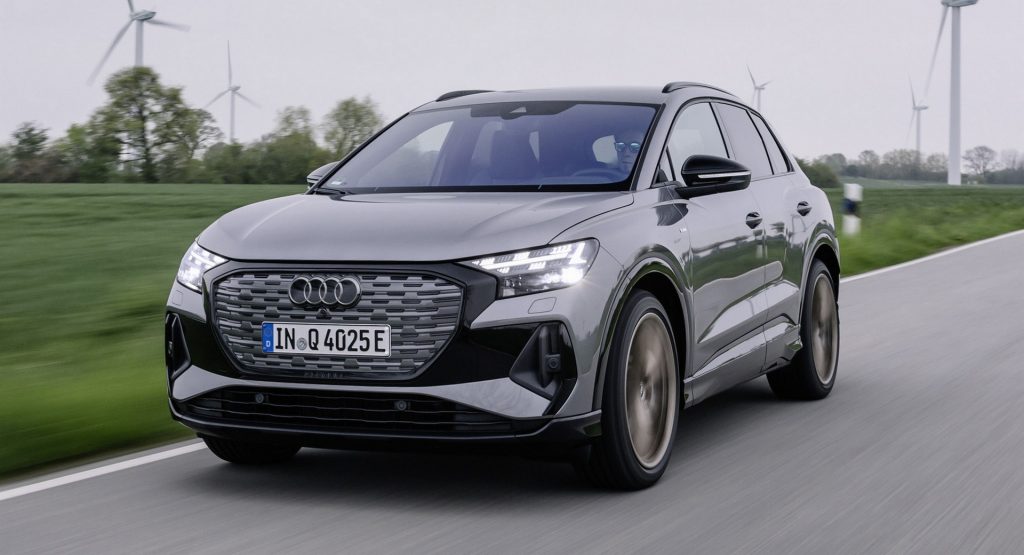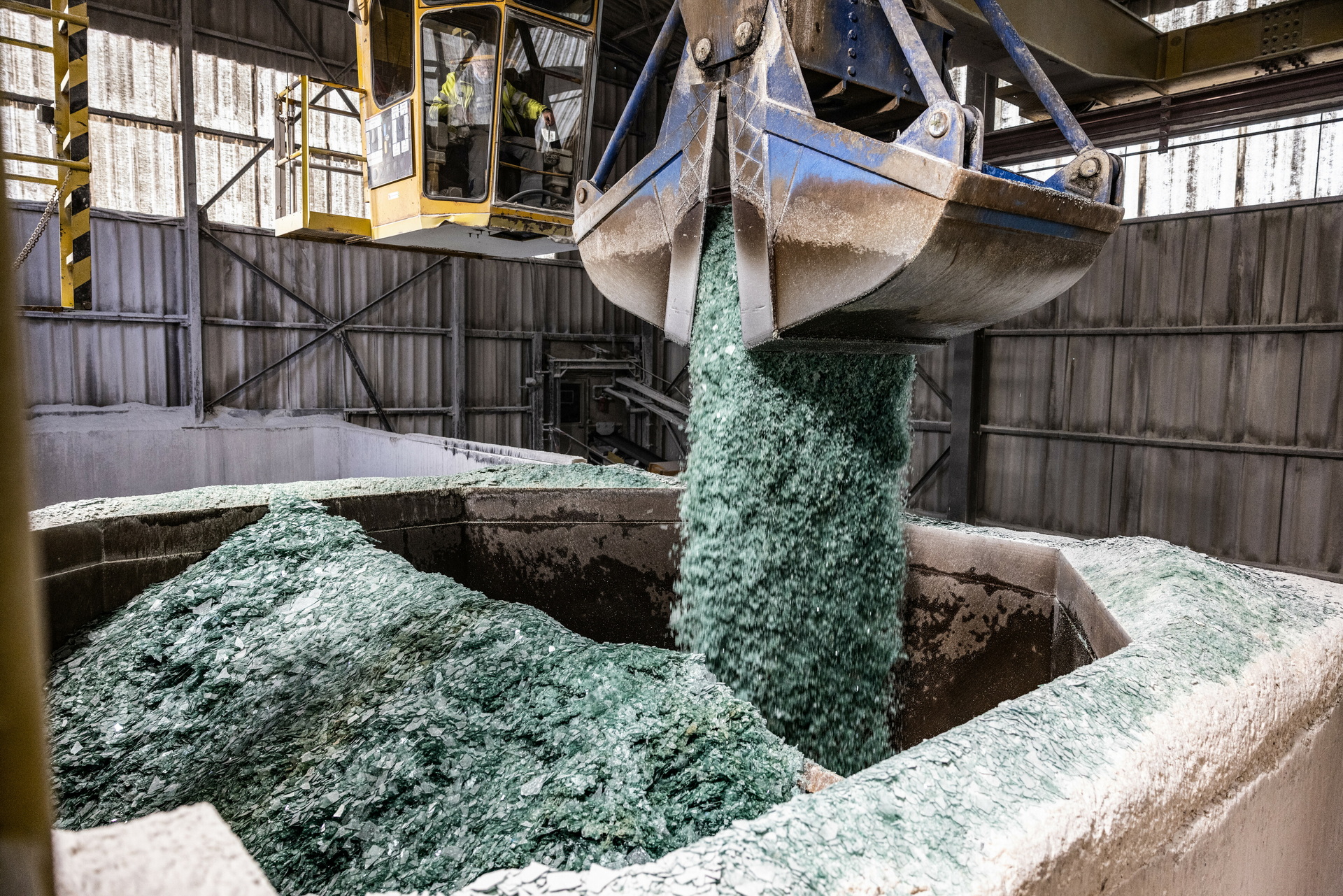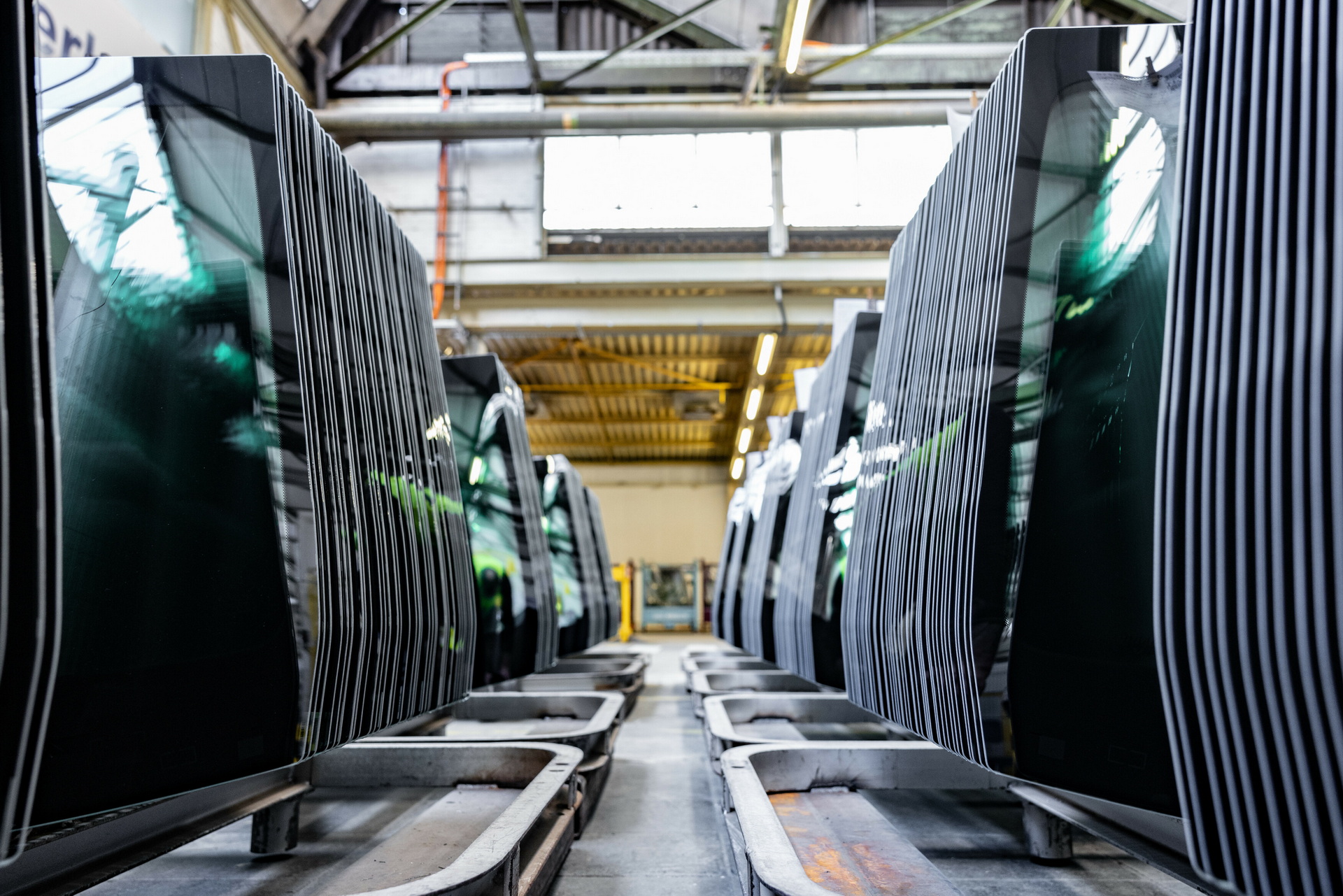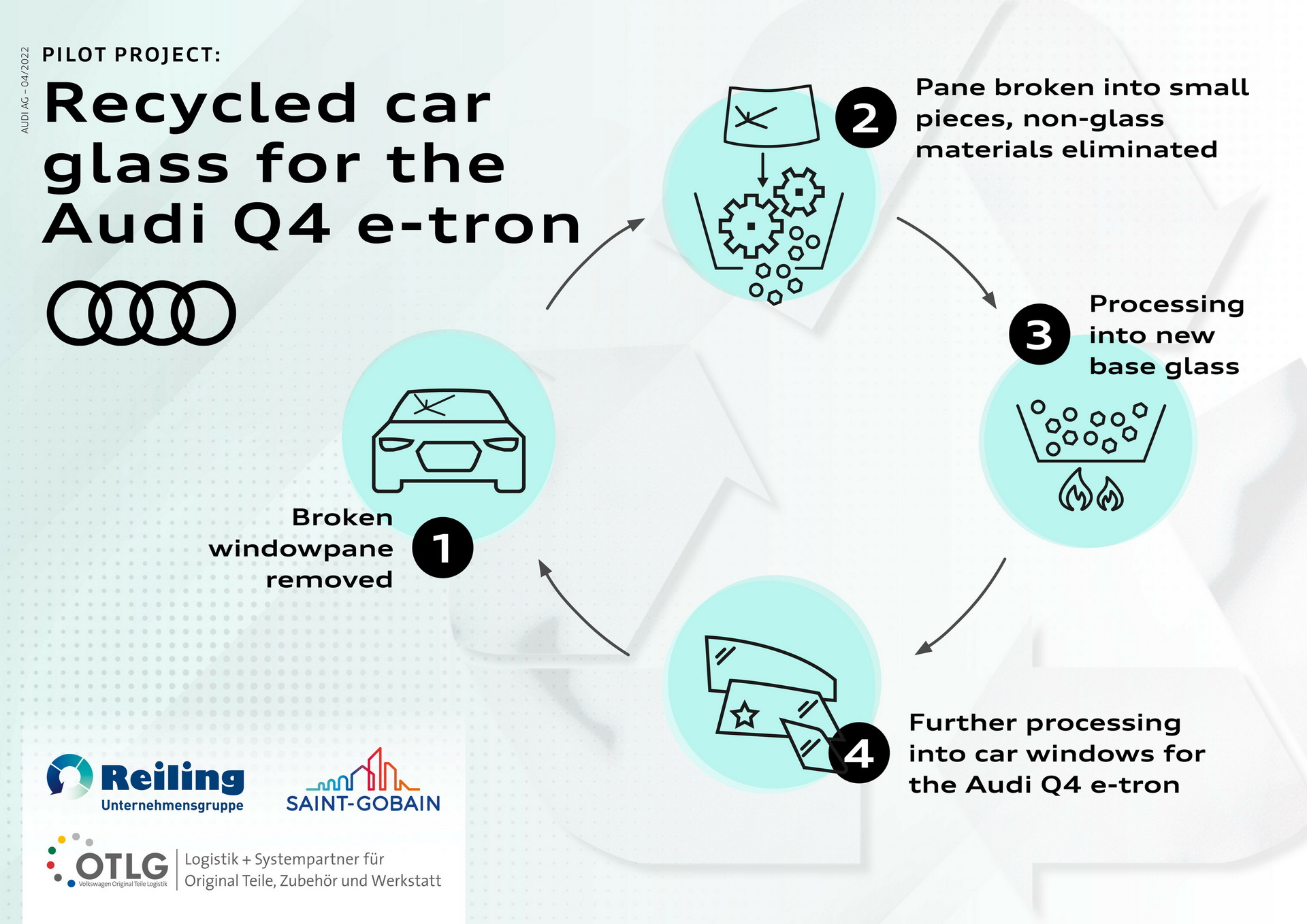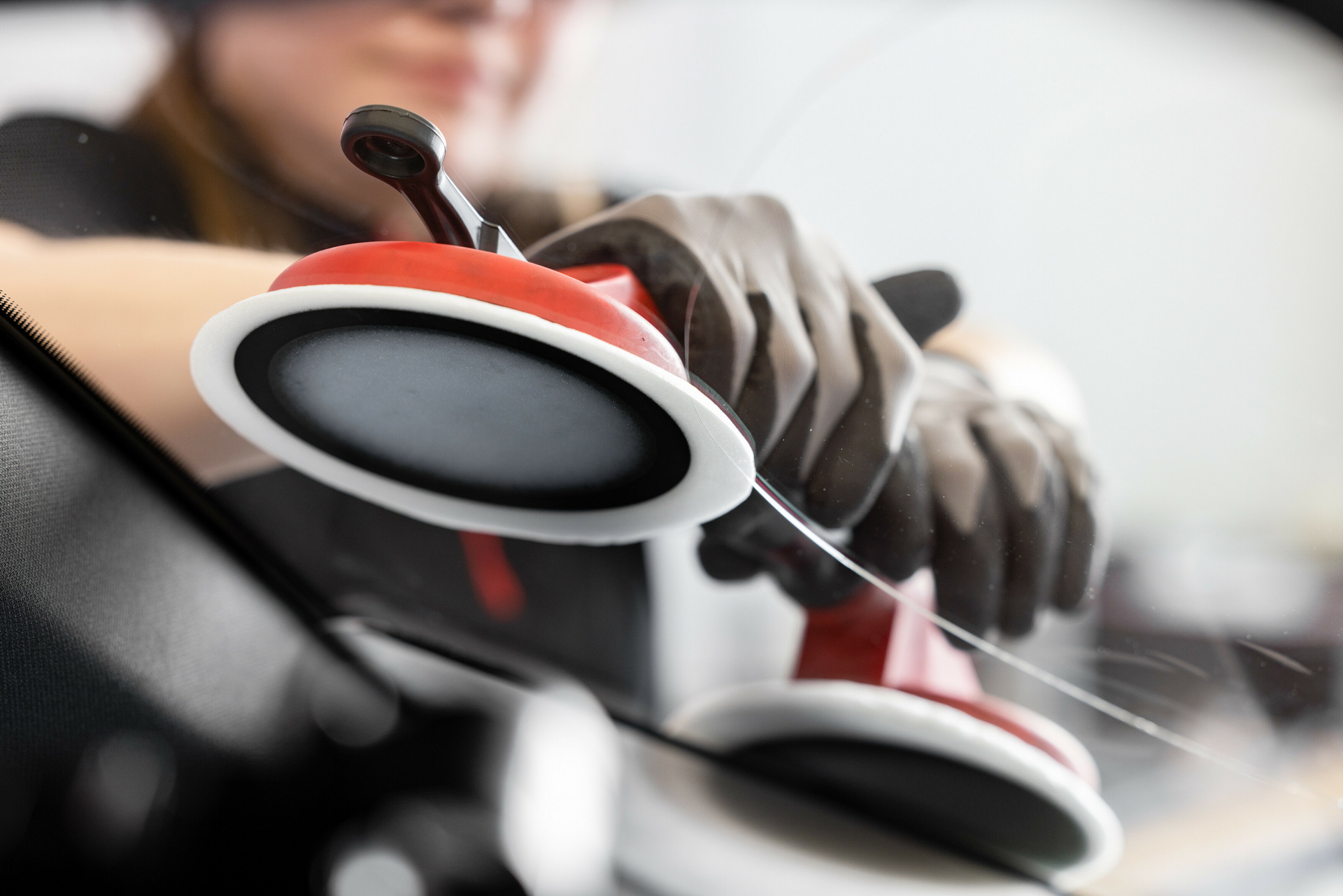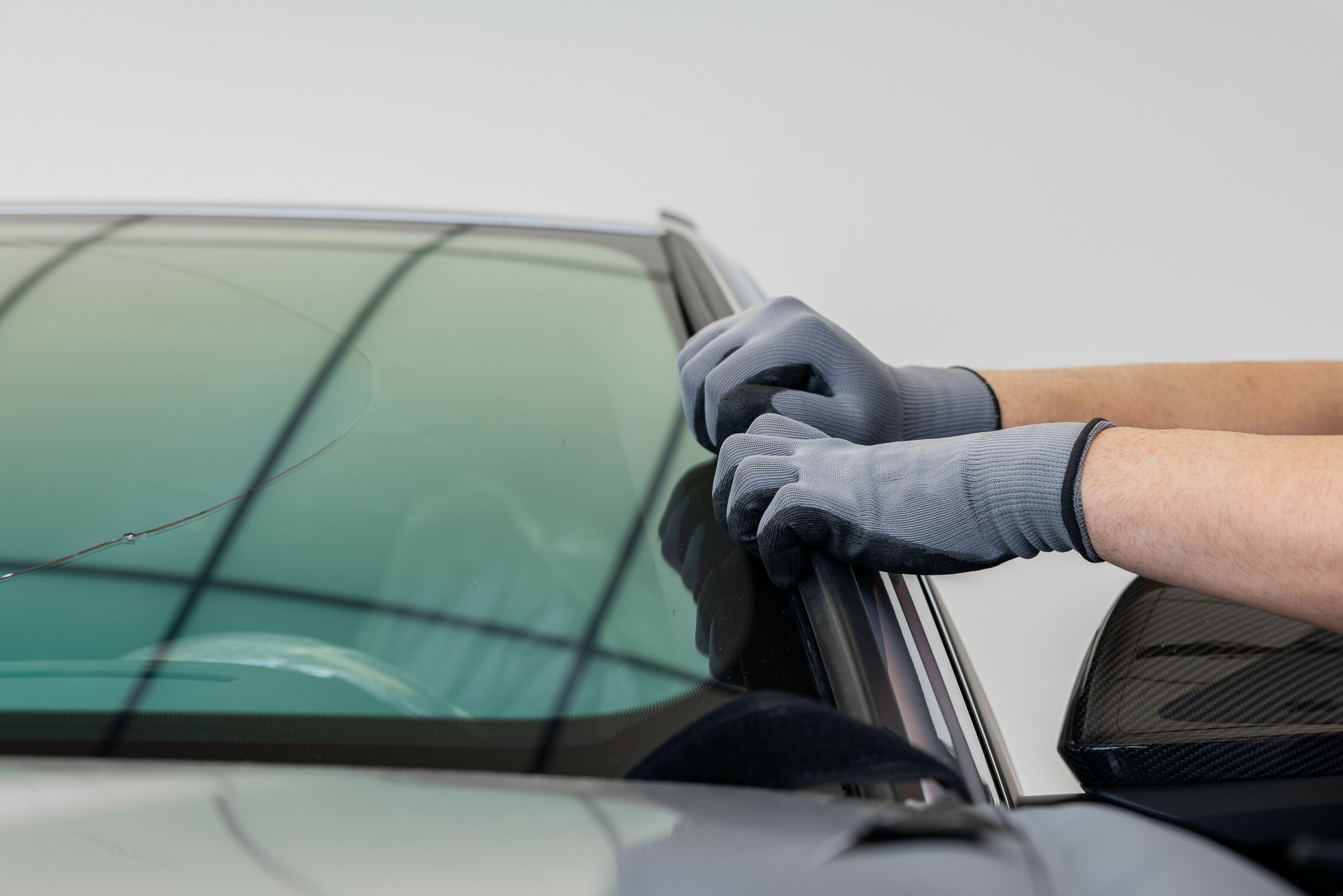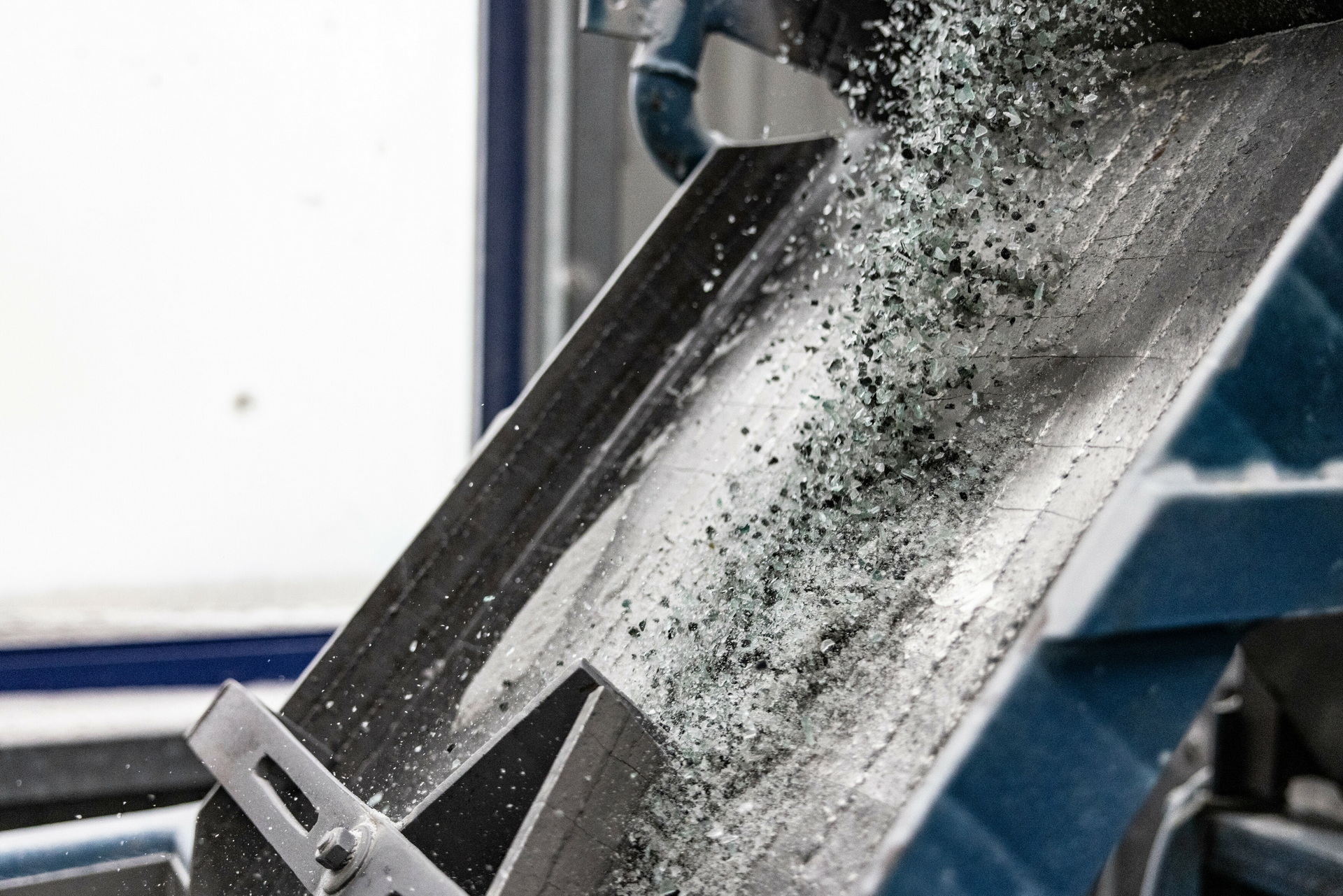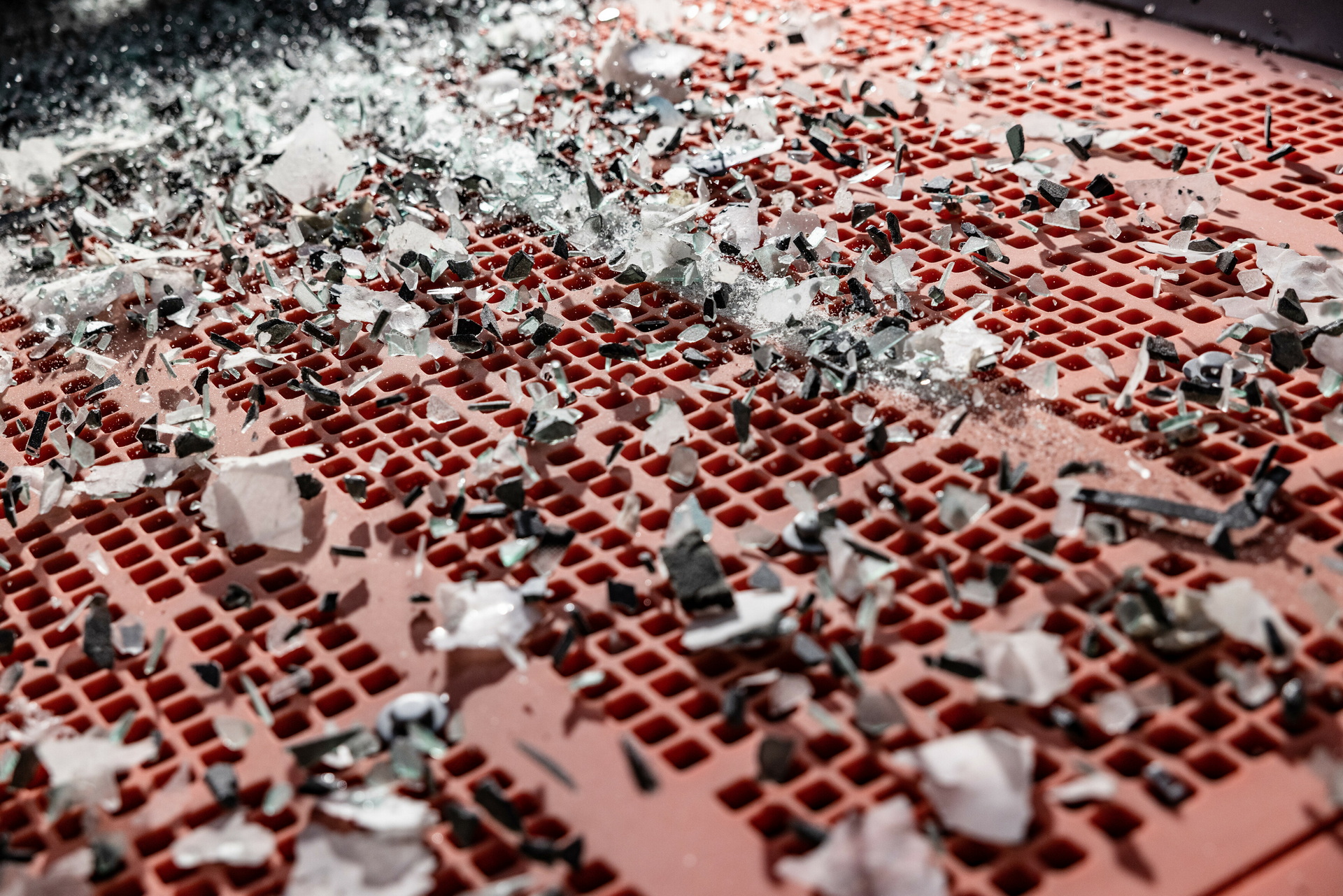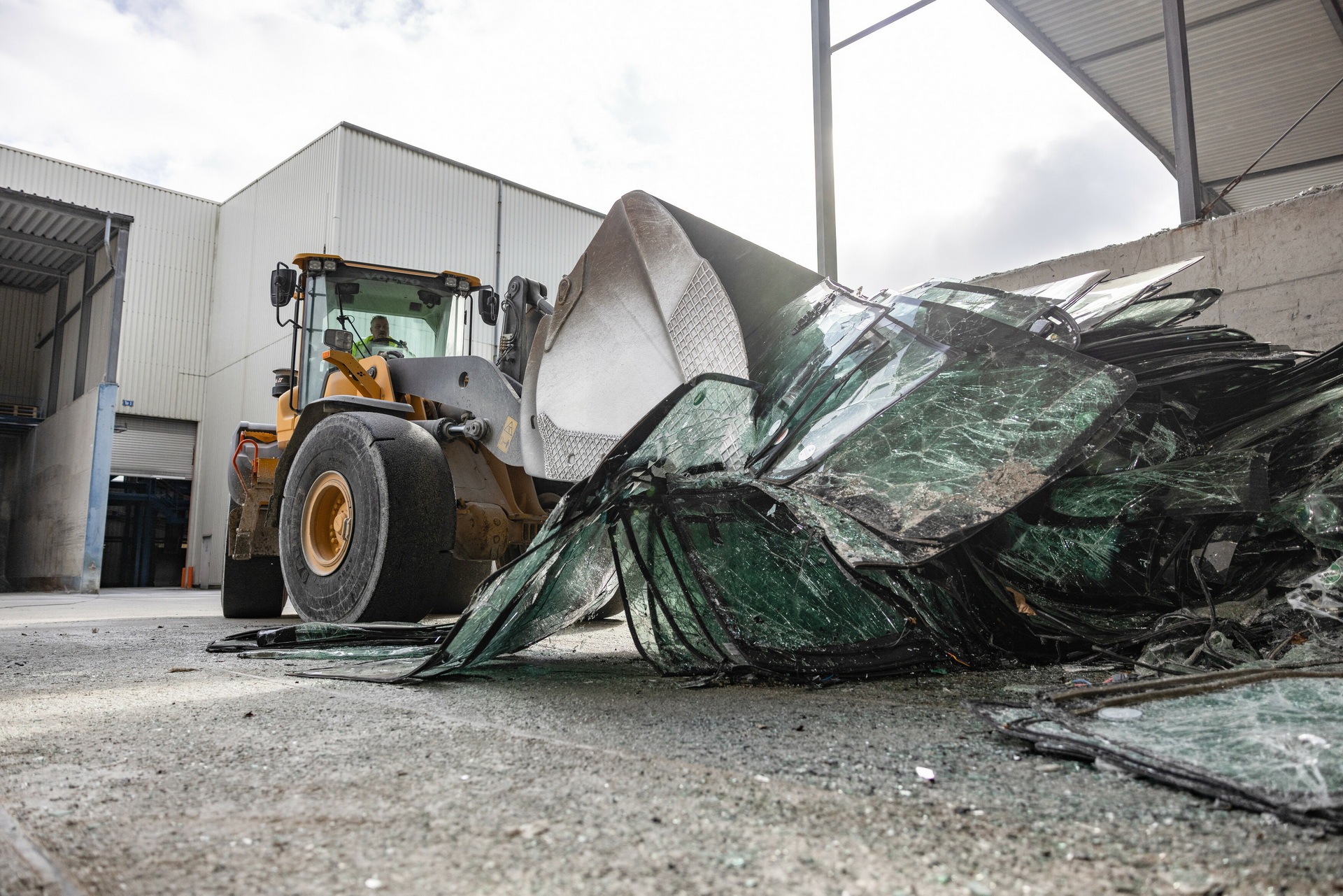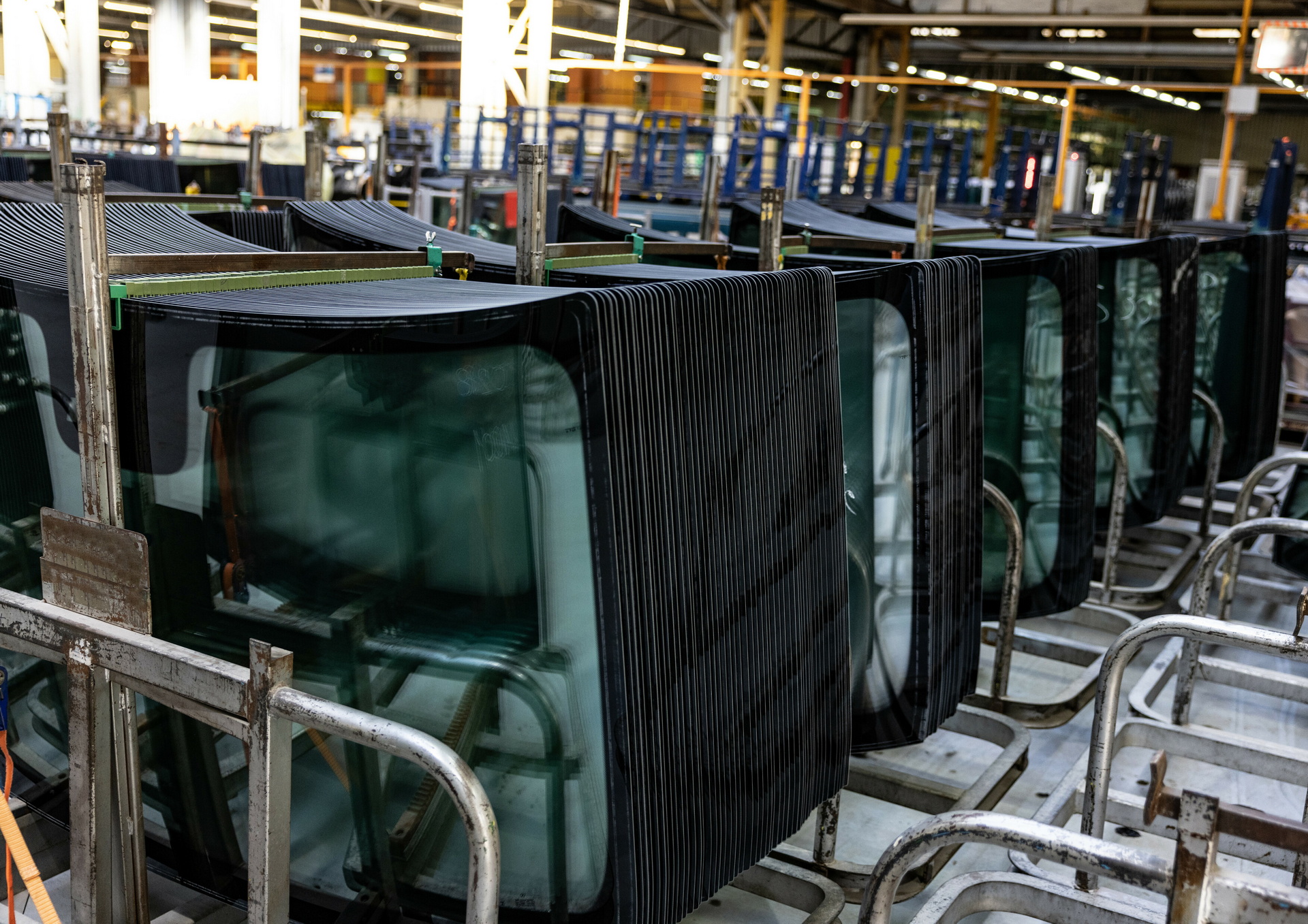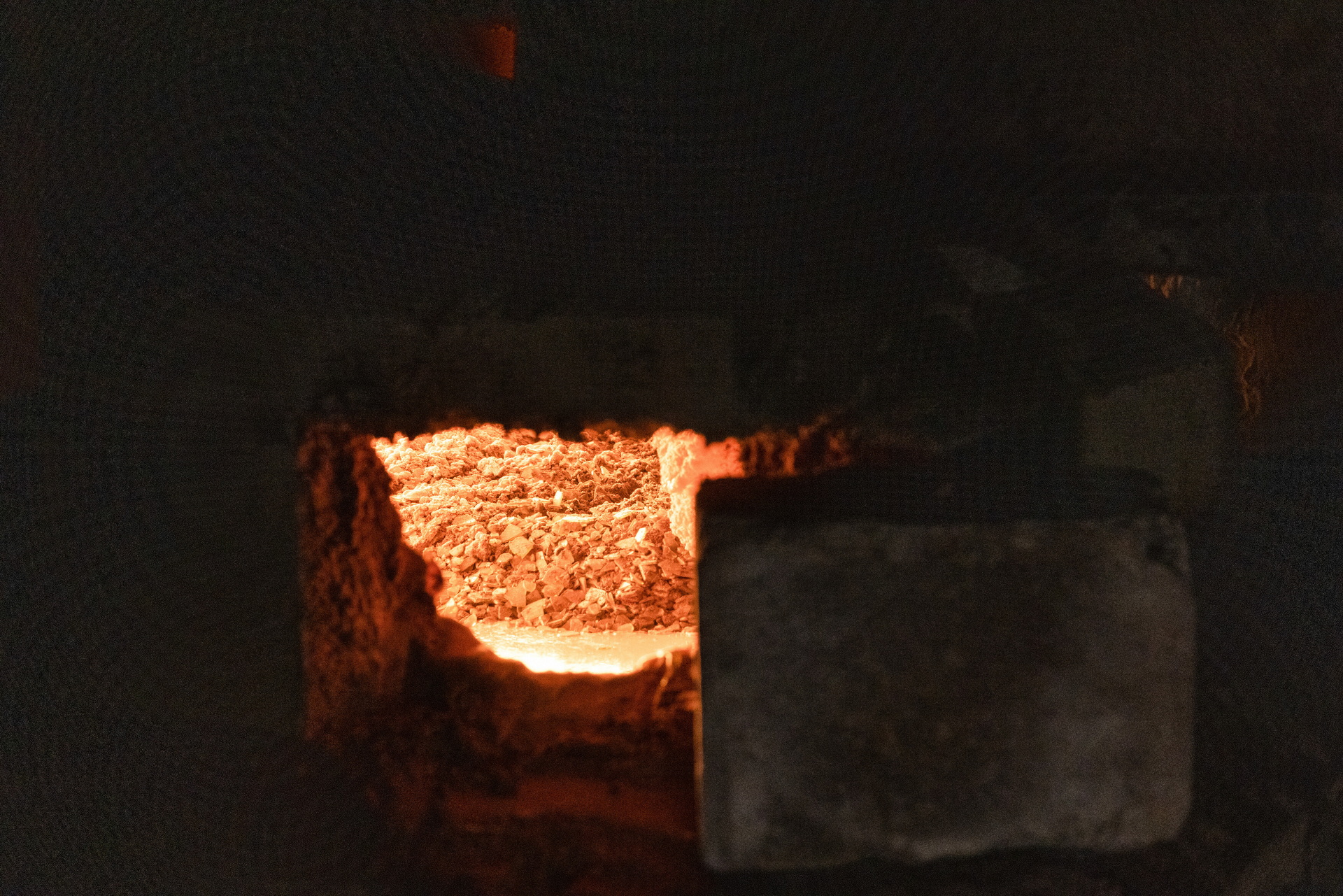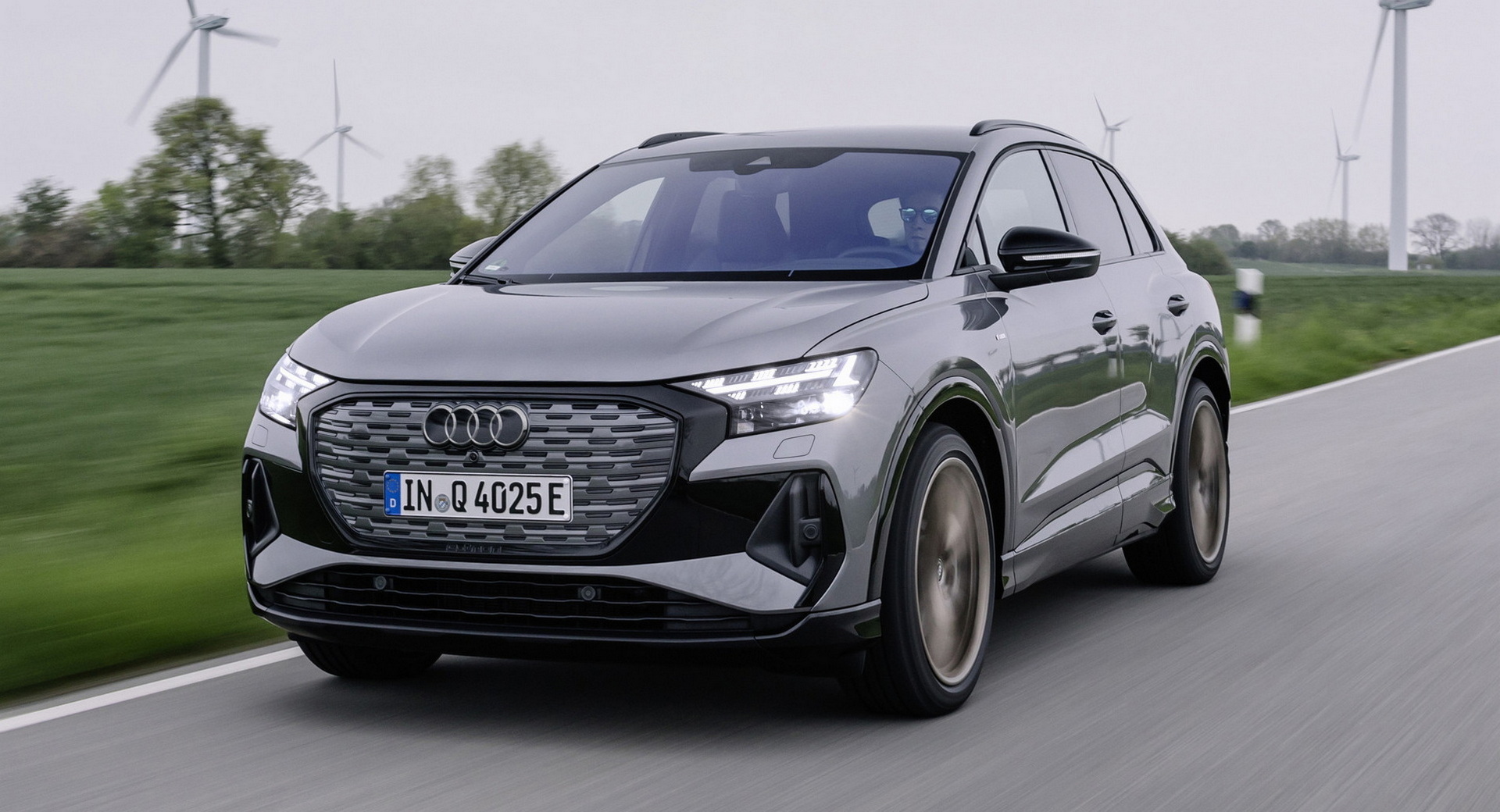Audi announced today that it is participating in a pilot project to get recycled glass into the windows of the Q4 e-tron electric vehicle. The recycling technology is being deployed for the first time in automotive glass and will help the automaker save tons of CO2 per year.
The German automaker is partnering with glass industry specialists Reiling Glas Recycling, Saint-Gobain Glass, and Saint-Gobain Sekurit on a pilot project to determine the feasibility of using the recycled product for vehicle windows.
“Until now, the recycled material has mostly been turned into beverage bottles,” explains Daniel Rottwinkel, Plant Manager at Reiling Glas Recycling. “Car glass has to meet the most stringent requirements, for example with respect to crash safety. Those demands don’t apply to bottles.”
Read Also: Mercedes Aims For 50% Reduction Of Lifetime Vehicle Emissions By 2030
Now, broken windshields and windows at a selection of VW Group dealers will be sent to Reiling Glas for processing. There, they’ll be crushed down into small pieces and the plastic laminate, heating elements, and other extraneous materials will be separated out.
From there, the glass is sent to Saint-Gobain Glass, where it will be turned into plate glass and sent to Audi. Currently, the windows leaving the factory are made up of 30 to 50 percent recycled materials.
“For us, this cycle of making new car windows out of old ones is an important step toward producing automotive glass in a way that conserves resources and energy,” says Dr. Markus Obdenbusch, production manager in charge of the Saint-Gobain float at the Herzogenrath site. “We’re just starting to look at glass as a recyclate, so we anticipate that there will be more potential for improvement.”
The glass-maker plans to put up to 30,000 tons of recycled shards into production over the next three years. That, it says, will allow it to emit 75 fewer tons of CO2 per day from its factory.
Together the companies will test the viability of the recycled glass over the course of a year to see if the quality, cost, and stability of the system work. If it does, the materials will be used in the series production Q4 e-tron.




